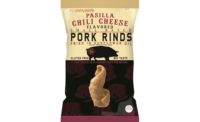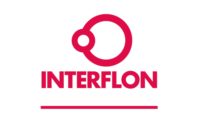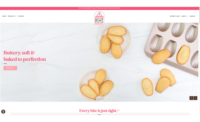Snack Food & Wholesale Bakery was recently able to connect with Jonathan Finch, senior director of client services, Daymon, Stamford, CT, to talk about inflation, especially in grocery stores and on restaurant menus.
Liz Parker: Why are higher prices on grocery store shelves and restaurant menus part of a broader rise in inflation?
Jonathan Finch: In order for manufacturers and retailers to remain profitable, the increase in cost of goods sold (COGS) gets passed onto the consumer. The three most important factors that we see in today’s environment that are directly contributing to higher prices include: labor challenges, raw materials, and supply chain costs.
Currently, manufacturers are challenged to find long-term employees, with some manufacturers turning to incentives like hiring bonuses to get employees in the door, and retention bonuses to keep them there. Additionally, safety precautions that were put in place during the pandemic are causing production inefficiencies, with reoccurring sanitation costs factored into the COGS. With these precautions in place to create a safer work environment, we anticipate the higher cost of labor to remain for the time being.
Securing raw materials continues to be another factor influencing the price of goods on shelf. Soybean oil is one raw material directly impacting snack manufacturers. Soybean oil prices have climbed by over 130 percent in the last year owing to increased demand, the US green energy initiative, and diminishing stock levels. Record high prices, record high demand, and low stock levels will make it more and more difficult for small to mid-sized manufacturers to secure adequate supply.
Lastly, freight costs have skyrocketed, with ocean freight up from $2K per container to $14K in some cases. However, domestic highway freight is also up, with prices doubled compared to February 2020. Higher shelf prices will continue to reflect the volatile freight, raw material and labor challenges until solutions can be secured across the board.
LP: What concerns do snack/bakery retailers and consumers have about these inflationary pressures?
JF: As raw material and freight costs continue to be at all-time highs, retailers are challenged with remaining competitive and keeping healthy price gaps for their Private Brands. With National Brands regaining market share in the snacking segment, Private Brands are looking for ways to differentiate. Value programs in particular are aiming to remain strong with best-in-class retailers by changing weekly deals, such as from 10/$10 moving up to 4/$5. However, how retailers innovate within in these categories to differentiate themselves beyond just price will determine the success of their snacking categories moving forward.
LP: How can RFP (Request for Proposal) negotiation practices be updated to appease manufacturers and retailers?
JF: Transparency from manufacturers to retailers remains the most important factor right now within RFP negotiations. While both Private Brand and National Brand manufacturers are experiencing pricing pressures, Private Brand programs are Net-Net, with no room built into the COGS for the manufacturers to absorb the inflationary pressures. Retailers are living this reality every day but ultimately, it is the consumer that bears the weight of these pressures with higher shelf prices. But retailers and manufacturers have the ability to work together on behalf of the consumer to mitigate some of these pressures. Securing strategic partnerships that are openly collaborative and long standing rather than having transactional relationships will result in greater transparency between supplier and retailer. That transparency leads to collaboration between the two which helps to problem solve, reduce cost, mitigate outside forces, and prevent disruption in business and for the customer.








